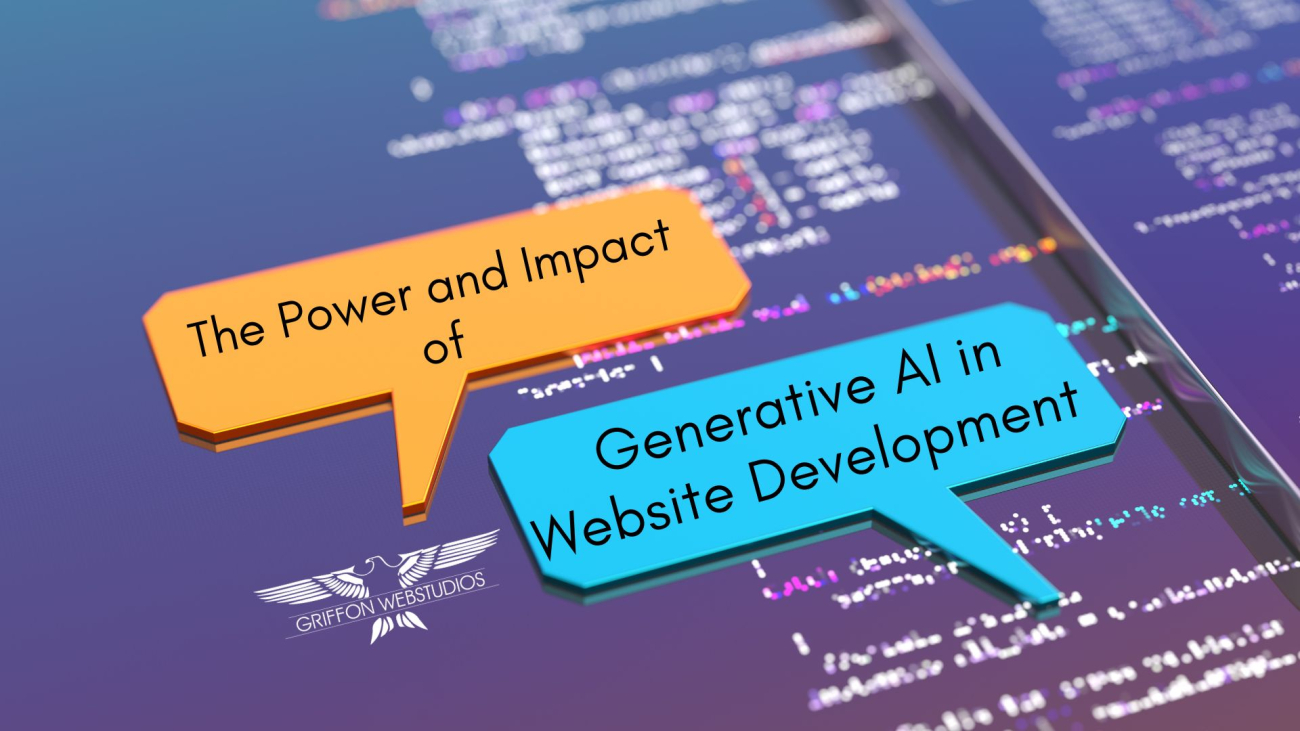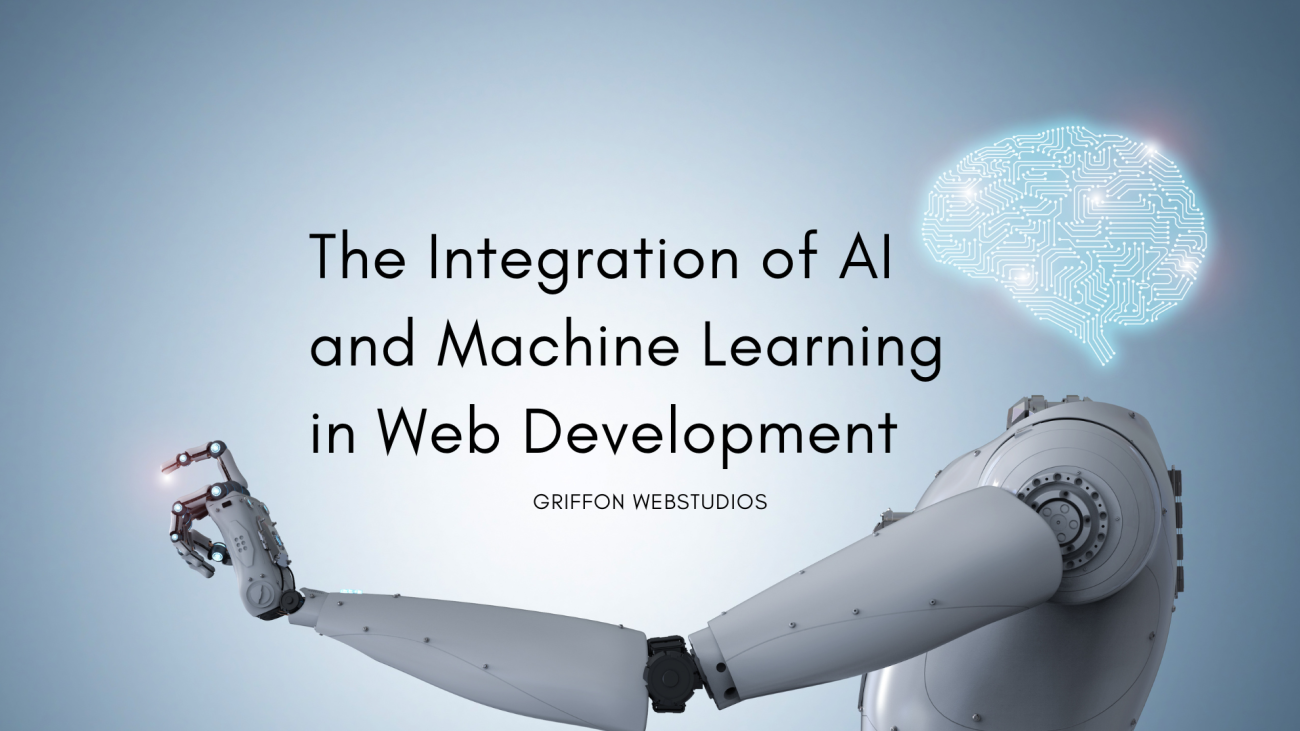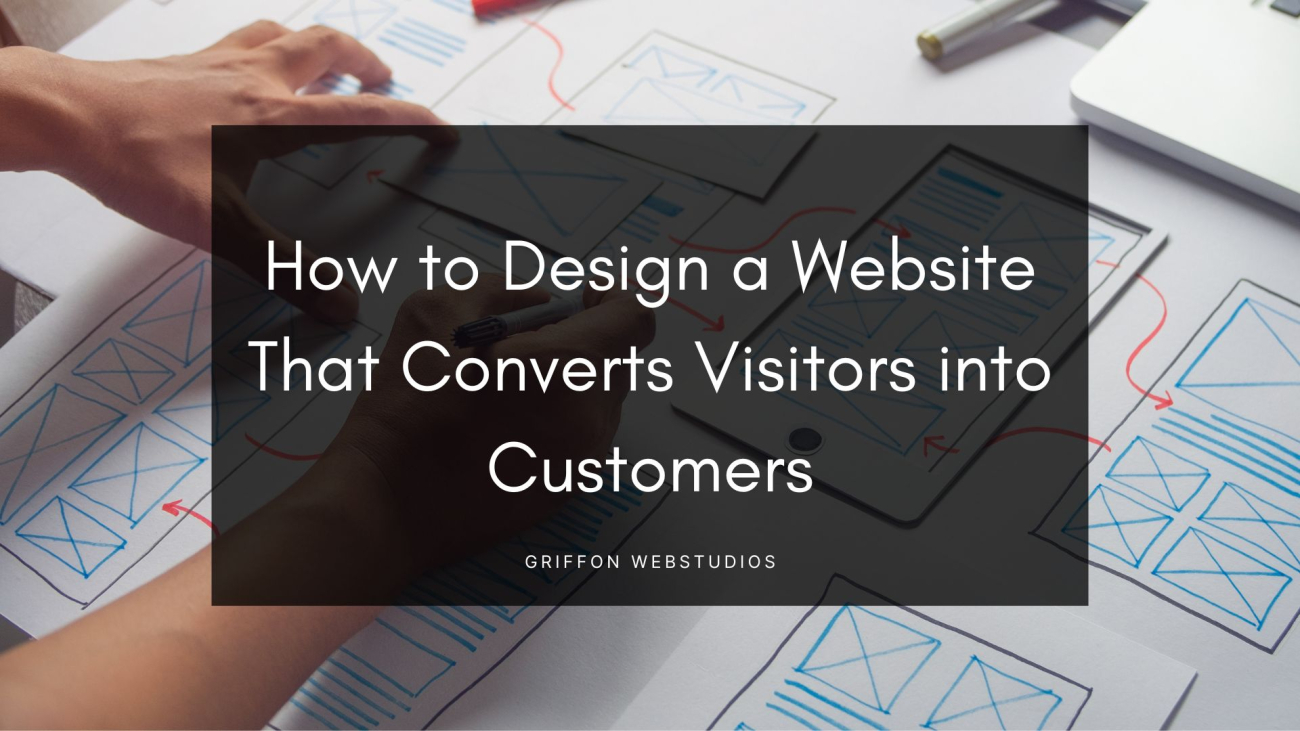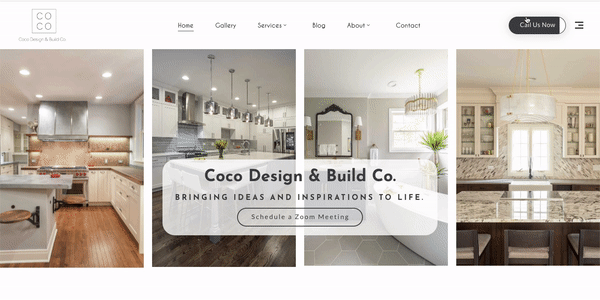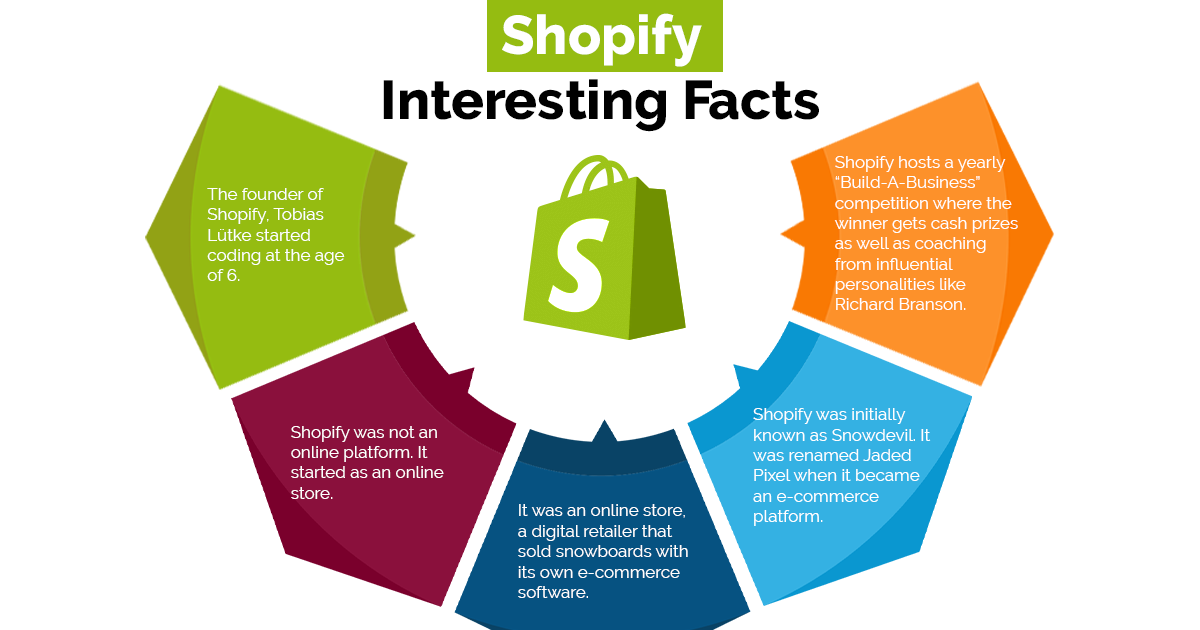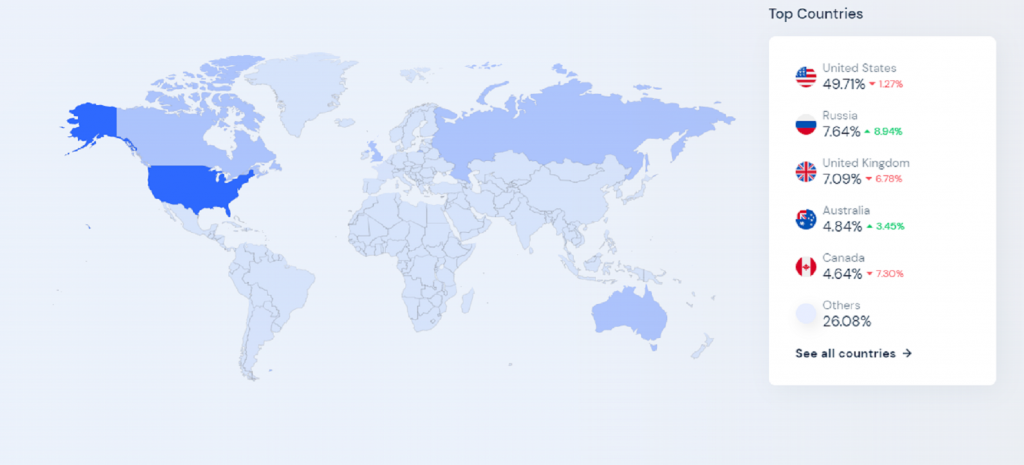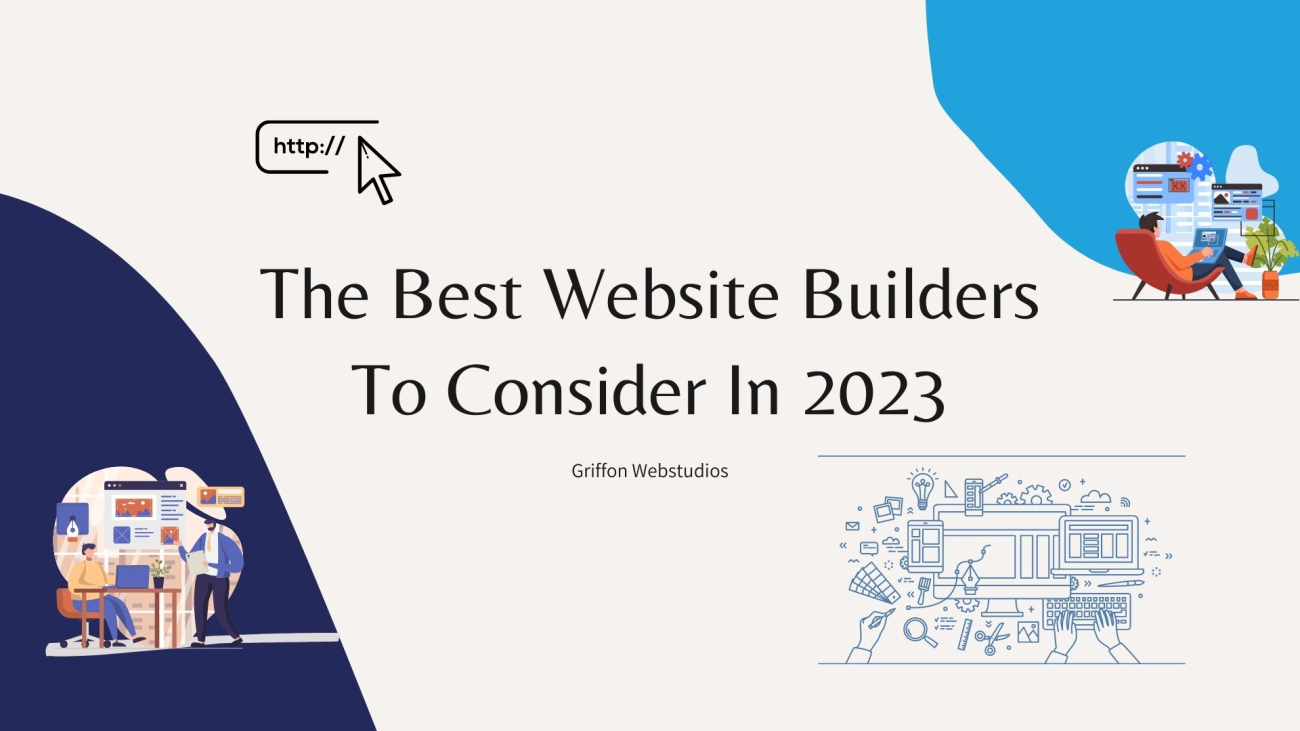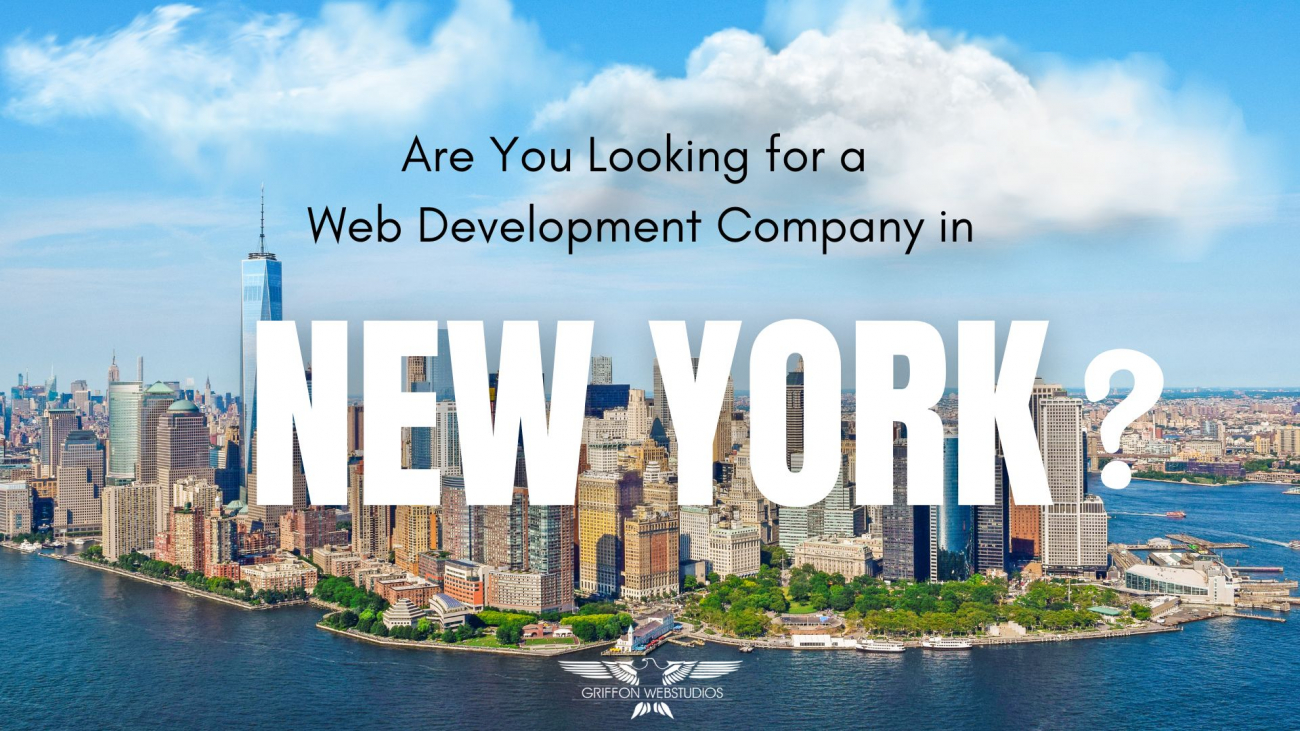It may feel like technology is moving faster than ever, but once you get a decent grasp of how things are changing, you unlock incredible new opportunities for growth. One of the most significant advances in current years relates to using AI (artificial intelligence) in all forms of content creation and design applications.
AI has the power to uncover new worlds of integrating strategic SEO, crafting compelling copy for your ads or header text, or even adjusting the content in real-time in response to your customers. It all comes down to how you leverage this tech for optimal website development that will define future digital experiences.
When Digital Design Met Generative Brilliance
Every story starts somewhere. Ours began when a newcomer nudged the traditional boundaries of website development: generative AI. Think of it as the paintbrush that never runs out of paint.
Generative AI crafts from patterns and existing designs, fashioning something utterly new and breathtaking. It’s not merely about efficiency. This strange new innovation is more about the kind of creativity that only emerges when technology mirrors human intuition.
To put it simply, you use a tool to input text or “prompts,” and the generative AI spits back information and content based on your ideas. You can ask an AI to “write a book in the tone of Stephen King about a doll that never sleeps and tries to control the kids who own it” and get a great outline that rivals the horror writing master.
61% in Forbes Insights report use Al in web development processes.
How Generative AI Changes Web Development
It makes sense to see generative AI taking over web development. The rise in ecommerce businesses and the massive need for online interactivity for modern brands have shifted consumer interest to the digital world. Some of the more “in your face” changes happening to website development because of AI include:
1. Web Templates/Structure
Many websites are based on similar structures. This is no different than how most books and movies are based on a three-act story. With AI algorithms in place, you can get automated site design suggestions and branding advice that translate perfectly into modern websites and provide designers with an easy-to-follow list of tasks that streamlines operations for a quality final outcome.
2. Automated Content Creation
This is probably where generative AI is having the most impact. When you can ask an AI to spit out an entire month’s worth of social media posts or the content for a landing page with a strong sales funnel, you drastically reduce your website development time to market. You can train AI to write in any language with different parameters that you need to customize the final result.
3. UI/UX
Generative AI can be combined with user data to audit your layout, design, and content. This in-depth UX analysis offers specific insights from heatmaps to accessibility issues in the overall flow of your website. Instead of missing a few things here and there, you can rely on powerful artificial intelligence to fill in the missing gaps that lead to premium user experiences.
Challenges: The Double-Edged Sword of Innovation
Of course, every revolution comes with its shadows. There’s an art to ensuring generative AI doesn’t lead to a monochrome of designs, a homogenization of creativity. Furthermore, striking a balance between hyper-personalization and maintaining the sanctity of user privacy is crucial. The digital age’s dance is one of innovation and introspection.
One of the essential challenges is accurate data and reliable content originality. AI will sometimes “make up” facts and figures that must be checked, or you lose accuracy. There is also the argument that AI-generated copy lowers your Google rank. As long as you have a human element double-checking the work, you should experience incredible benefits from this new technology.
Wrapping it Up
The fusion of generative AI and website development is reminiscent of two dancers, effortlessly synchronized, moving to a rhythm that feels both familiar and avant-garde. It’s a partnership that promises a digital future that’s not just seen, but felt.
Whether you want to integrate keywords into your website content, rely on automated templates, or insert local references to bolster your page rank, generative AI is not going anywhere anytime soon. A good way to stand out is to work with a development team that compliments their creativity, originality, and workflow with AI, but doesn’t rely on it as the end all, be all of solutions.
At Griffon Webstudios, we don’t just create websites – we craft digital experiences. If quality, innovation, and memorable website design are what you seek, let’s embark on this journey together.

